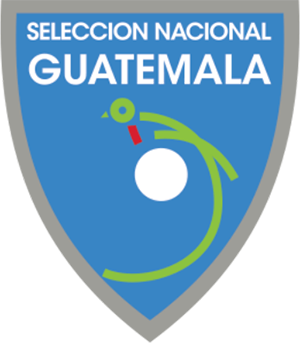Guatemala FC has emerged as a formidable force in the landscape of Central American football, capturing the attention of fans and analysts alike. With a burgeoning youth system, strategic investments, and a passionate fanbase, Guatemala FC embodies the rising spirit of Guatemalan football. The club’s journey reflects resilience, ambition, and a vision to elevate the nation’s standing on the continental stage.
In this comprehensive exploration, we will delve into the origins and history of Guatemala FC, analyze its recent developments and tactical evolution, examine its impact on national football, and forecast its future trajectory within Central America and beyond. Join me as we uncover how Guatemala FC is transforming from a regional team into a symbol of national pride and sporting excellence.
Origins and Historical Evolution of Guatemala FC
Understanding the roots and development of Guatemala FC is essential to appreciating its current stature and future prospects. This section traces the club’s inception, early struggles, growth phases, and pivotal moments that shaped its identity https://shbet.stream/.
The Founding of Guatemala FC and Its Early Days
Guatemala FC was founded in the mid-20th century amid a burgeoning interest in organized football within the country. Originally established as a modest local team, it aimed to provide a platform for young talent and foster community spirit. The initial years were marked by limited resources, sporadic success, and an uphill battle to establish credibility among more entrenched clubs.
Despite these challenges, the club’s passionate supporters and committed management prioritized youth development and regional competitiveness. Early victories served as morale boosters, paving the way for greater ambitions. Over time, Guatemala FC became a symbol of perseverance, embodying the hopes of a nation eager to shine on the football map.
Growth Through Regional Competitions
The 1970s and 1980s marked significant milestones for Guatemala FC as they began participating regularly in regional leagues and tournaments. Exposure to international competition sharpened their skills and exposed them to diverse playing styles. This period saw the emergence of talented players who eventually represented the national team.
The club’s consistent performance in domestic tournaments earned it a reputation as a competitive side capable of challenging traditional powerhouses. This era also saw infrastructural improvements, including the development of training facilities and youth academies, fostering sustained growth.
Pivotal Moments and Turning Points
A major turning point came with the appointment of visionary coaches who emphasized tactical discipline and player fitness. Strategic investment in scouting and youth development bore fruit, leading to a generation of promising talent. Notably, the club secured its first national championship in the late 1990s, marking its ascendancy in Guatemalan football.
Another landmark was the gradual increase in fanbase and media coverage, which elevated the club’s profile. International exposure through regional tournaments like the UNCAF Club Championship further propelled Guatemala FC into the spotlight. These moments collectively laid the foundation for the club’s more recent successes and aspirations.
Challenges and Resilience
Despite successes, Guatemala FC faced hurdles such as financial constraints, administrative issues, and fierce competition from more established clubs. Yet, resilience remained a hallmark of the club’s ethos. Innovative management strategies, community engagement, and partnerships with local businesses provided stability during turbulent times.
The club’s ability to adapt and innovate in the face of adversity contributed to its sustained growth. This resilience remains a core aspect of Guatemala FC’s identity, fueling its current ambitions and future plans.
